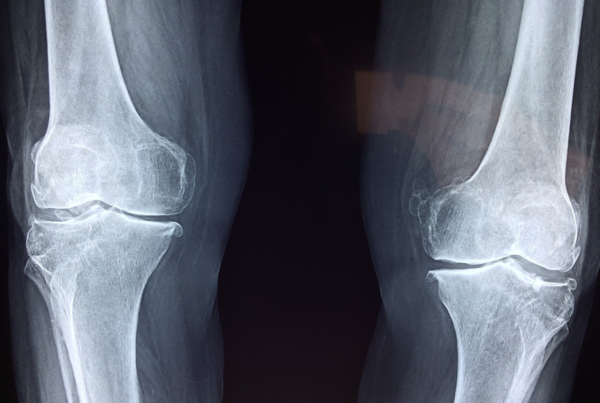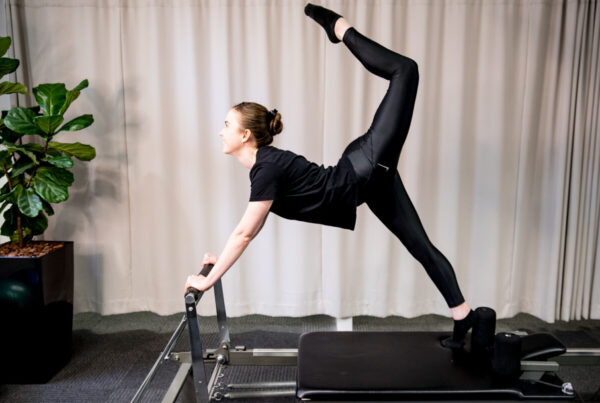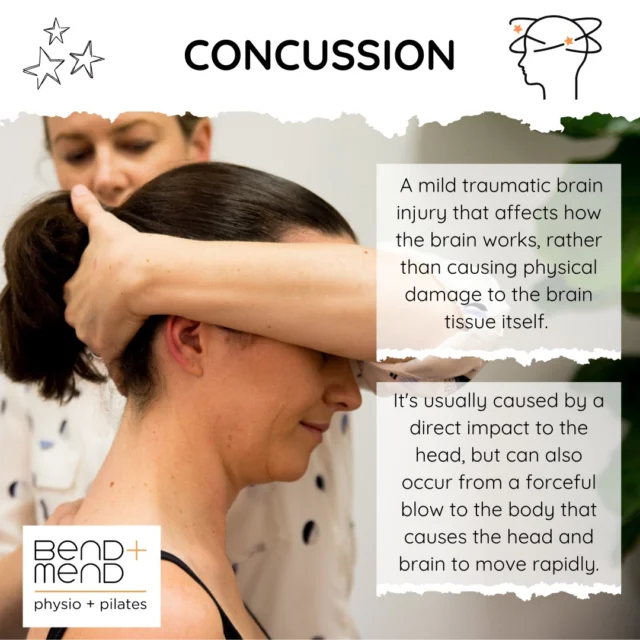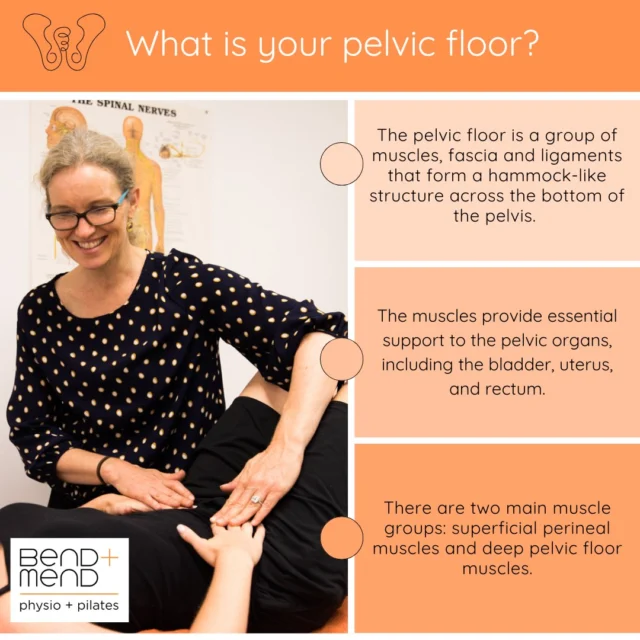 I started a discussion last week about the use of heat versus ice/cold, and presented the effects of ice (cryotherapy) and examples of when and when not to use it: (Heat Packs and Ice Cubes – Part 1). Today I want to continue that discussion in regard to the application of heat – how it works, and its good and bad points.
I started a discussion last week about the use of heat versus ice/cold, and presented the effects of ice (cryotherapy) and examples of when and when not to use it: (Heat Packs and Ice Cubes – Part 1). Today I want to continue that discussion in regard to the application of heat – how it works, and its good and bad points.
Hot, hot, heat
Heat is a wonderful modality for the relief of pain. We all love a nice warm shower, and those pleasant hot tubs are, well, sometimes quite hot. How does heat make us feel relaxed? Why does it help so much when stiff or sore? The answer to these is via a number of mechanisms.
As one would expect, a lot of heat’s physiologic reactions are the opposite to those of cooling/ice. The main effect is that warming tissues dilates the blood vessels. This occurs because the body is trying to stay cool, and maintain body temperature. More blood to an area means more oxygen, and a ‘flushing’ of pain-causing waste products (for example metabolites such as lactic acid). This allows muscle spasm, a significant contributor of pain, to relax, giving comfort.
The sensation of heat is also communicated along similar pathways as pain/danger (nociceptive) signals. Providing stimulation to these pathways with a non-noxious input, allows modulation within higher processing centres (brain/spinal cord), where endorphins can be released. This allows a reduction in pain.
Bearing this in mind, there are occasions where heat can be detrimental to injury. Any acute injury where swelling is a concern or there is likely blood vessel rupture, (see our earlier post on haematomas for an example) will not respond favourably to increasing blood flow to the area.
So overall?
How does this all compare to computers and martinis? While both have their merits (and gin can be bruised!), the heat versus ice debate pretty much boils down to personal preference. Except in the extreme situations described above (particularly acute injuries), the prescription of heat/ice really depends on previous experiences. There are overwhelming majorities in some instances – lots of people much prefer heat in spinal pain situations, but there is the occasional (and this will spark debate among a few of my colleagues!) person who just loves having ice on their neck.
There is no right or wrong answer, what’s more important is that you know what works best for you, and if that requires a bit of trial and error, so be it.
So next time you’re in one of our Sydney city clinics, ask your Physio their opinion on the heat/ice debate. If you have any questions or comments, or interesting heat pack related anecdotes, please share in the comments below.







